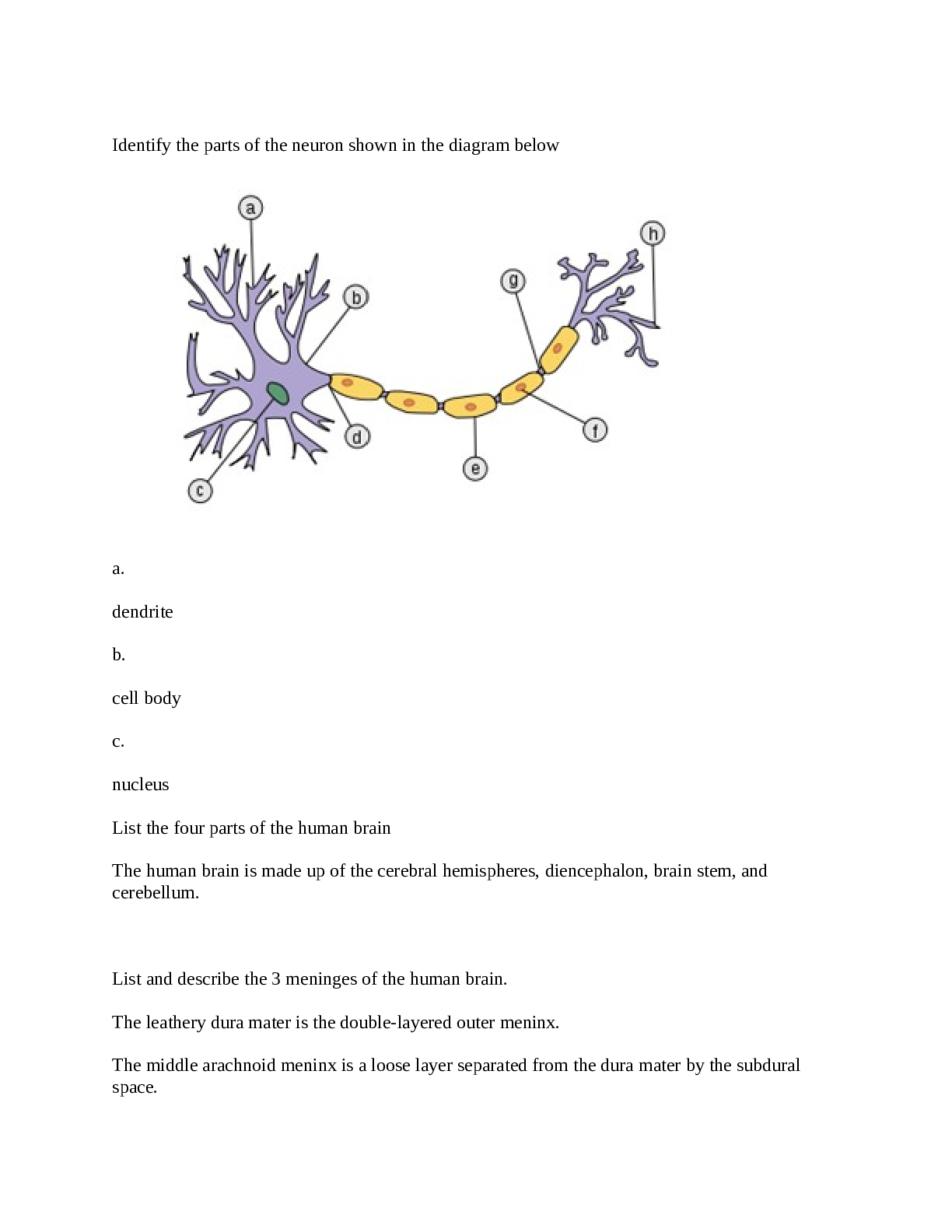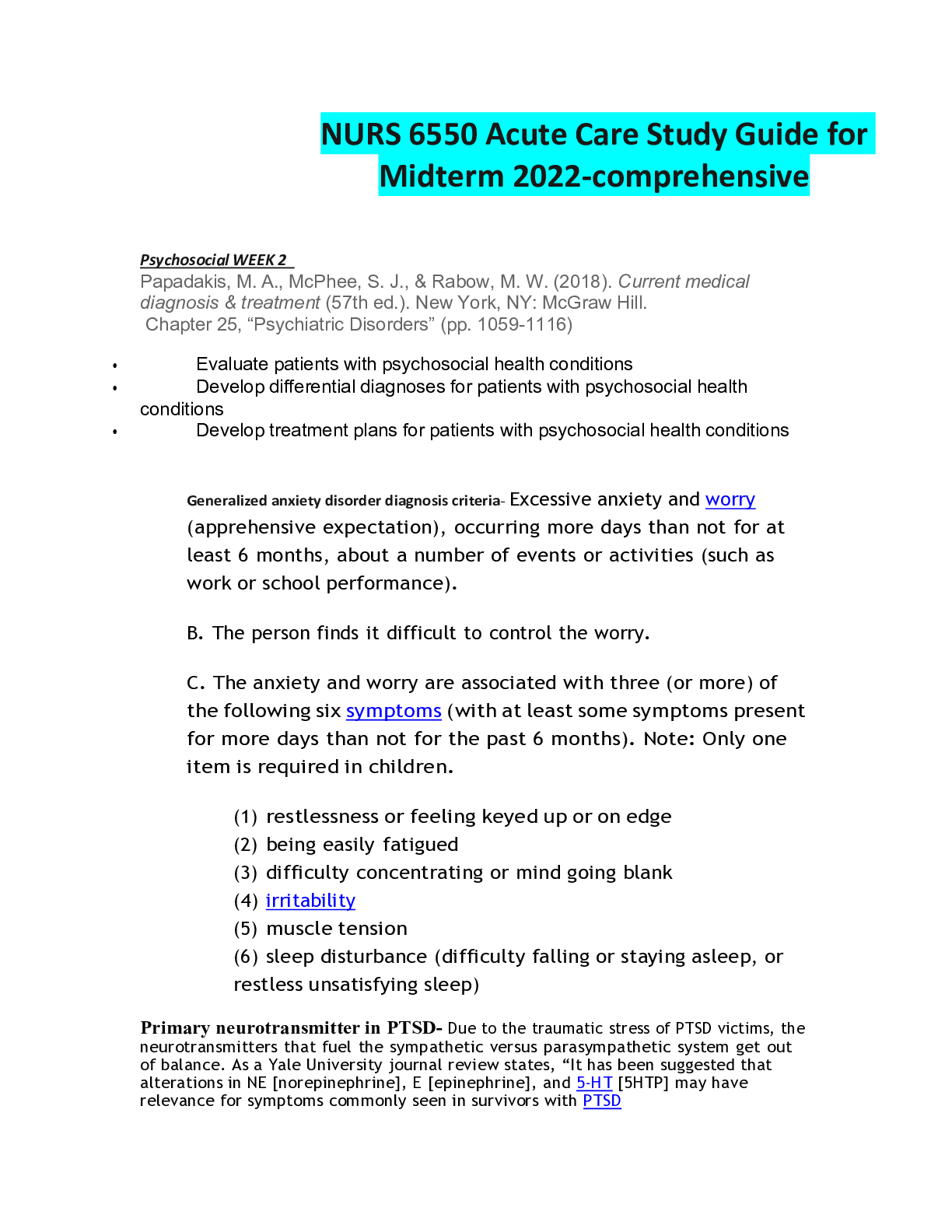*NURSING > STUDY GUIDE > NURS C475 STUDY GUIDE for C475 Care of Older Adult Objective Assessment Latest Already Graded A+ (All)
NURS C475 STUDY GUIDE for C475 Care of Older Adult Objective Assessment Latest Already Graded A+
Document Content and Description Below
STUDY GUIDE for C475 Care of Older Adult Objective Assessment Exam questions are taken from the Learning Objectives under the 9 Competencies: #1 Competency 742.1.1: Compassionate and Respectful Care... of Older Adults The graduate integrates principles of compassion and respect for patients and their families into the planning and delivery of care to a diverse population of older adults and into advocacy for vulnerable older adults. This topic addresses the following learning objectives: Recognize the impact of attitudes, values, and expectations about aging. Describe how the RN’s personal beliefs and values may impact the care of older adults. Articulate the concept of individualized care as the standard of practice with older adults, considering the right care, at the right time, in the right place and by the right provider of care. Define Baby Boomers Those born between 1946-1964; that are now reaching retirement age What are the five racial groups listed in your text? European Americans, African Americans, Hispanic Americans, Asian Americans, and Native Americans How would you perform discharge teaching to an Hispanic patient Whittemore (2007) conducted a systematic review of the literature to identify culturally competent interventions for Hispanic adults with type 2 diabetes. In reviewing 11 studies, Whittemore found that providing educational sessions and written materials, in both English and Spanish; employing bilingual Hispanic staff; including family members in an informal atmosphere in health care encounters; incorporating cultural traditions in interventions; developing culturally relevant program literature; and providing fact sheets about risk and potential poor outcomes of chronic conditions such as diabetes will increase the effectiveness of interventions. Apply effective and respectful communication strategies in the care of older adults and their families. List some of the changes of aging that could affect therapeutic communication Physical: like aphasia (difficulty finding words, writing, expression), dysarthria (difficult speaking) Psychological: Dementia, Mental disease, schizophrenia, depression, embarrassment (hearing loss, vision loss), English as a second language (cannot understand or relay message) , fear of being labeled as a complainer Eyes: Senile miosis, difficulty adjusting to bright lights, presbyopia (accomodating near to far), decrease in acuity or depth perception, dry eyes Ears: conduction problems, tumors, infections, foreign objects, noise pollution (hx playing in band), otoxic substances, freq, presbycuspis most common ** Note the ways to communicate or assist a patient with disabilities such as hearing deficits, vision impairments, or aphasia and dysarthria. How should you address the older adult during therapeutic communication? Disabilities in general: Slow down, allow time for reaction, set up environment, gather supplies ahead of time, tell family members to answer only when directed, introduce your name and role, eliminate background noise (turn off tv if too loud), determine how the pt likes to be addressed (never use honey or dear), extend your hand and shake and smile, maintain eye contact, do not talk down, avoid crossing arms, do not minimize their concerns Hearing loss: Do not use a high pitch voice or shout, stand in front of them, Sit at the side they hear best, Do not cover your face, Eliminate background noise Visual loss: Do not startle, position yourself, provide ample lighting, be prepared if the patient states they see objects that you do not. Language impairment: use short, uncomplicated sentences, maintain eye contact, provide an environment low in distractions, observe facial cues, paper and pen, do not correct what they say. Know the abbreviations or acronyms, such as AAC. Know which hearing aids cover the widest range of hearing loss. See the box on Types of Hearing Aids in chapter 5. Both hearing aids and AAC will be mentioned again in Chapter 16. -AAC ‘augmented and alternative communication’, is an integrated group of components, including symbols, aids, strategies and techniques used by individuals to enhance communication. -BTE (behind the ear) is the most common and covers the widest range of hearing loss assistive device. Make sure you understand what patients could benefit from the use of the AAC. Deaf, Dysarthria Understand what things can occur to make it difficult to communicate Any barriers listed above, embarrassment, isolation, etc. Which type of hearing aid covers the entire range of hearing loss? Behind the ear, functions on battery, easy to use. What factors in a diverse aging population affect communication? Support individual health goals that range from hea [Show More]
Last updated: 1 year ago
Preview 1 out of 27 pages

Reviews( 0 )
Document information
Connected school, study & course
About the document
Uploaded On
Apr 14, 2022
Number of pages
27
Written in
Additional information
This document has been written for:
Uploaded
Apr 14, 2022
Downloads
0
Views
54



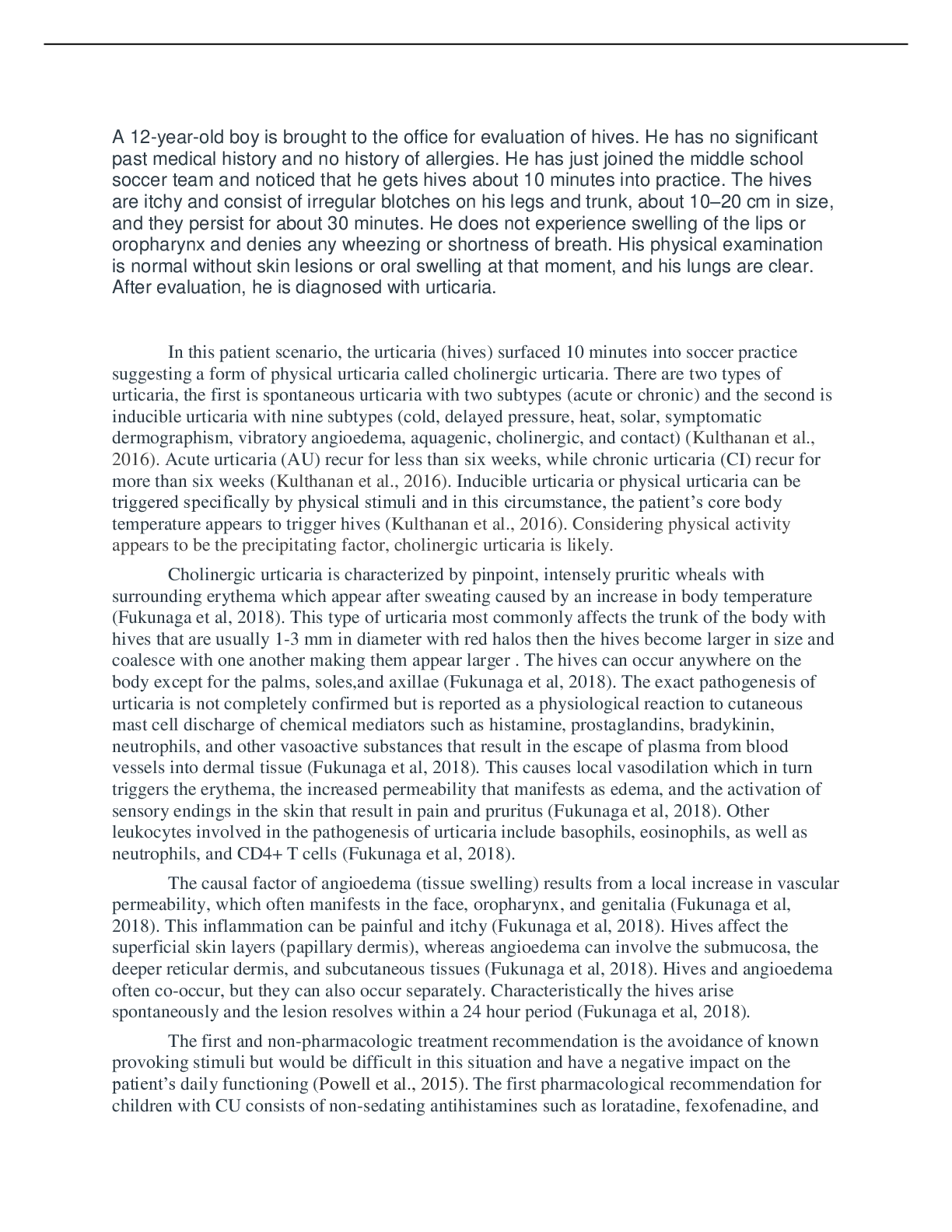
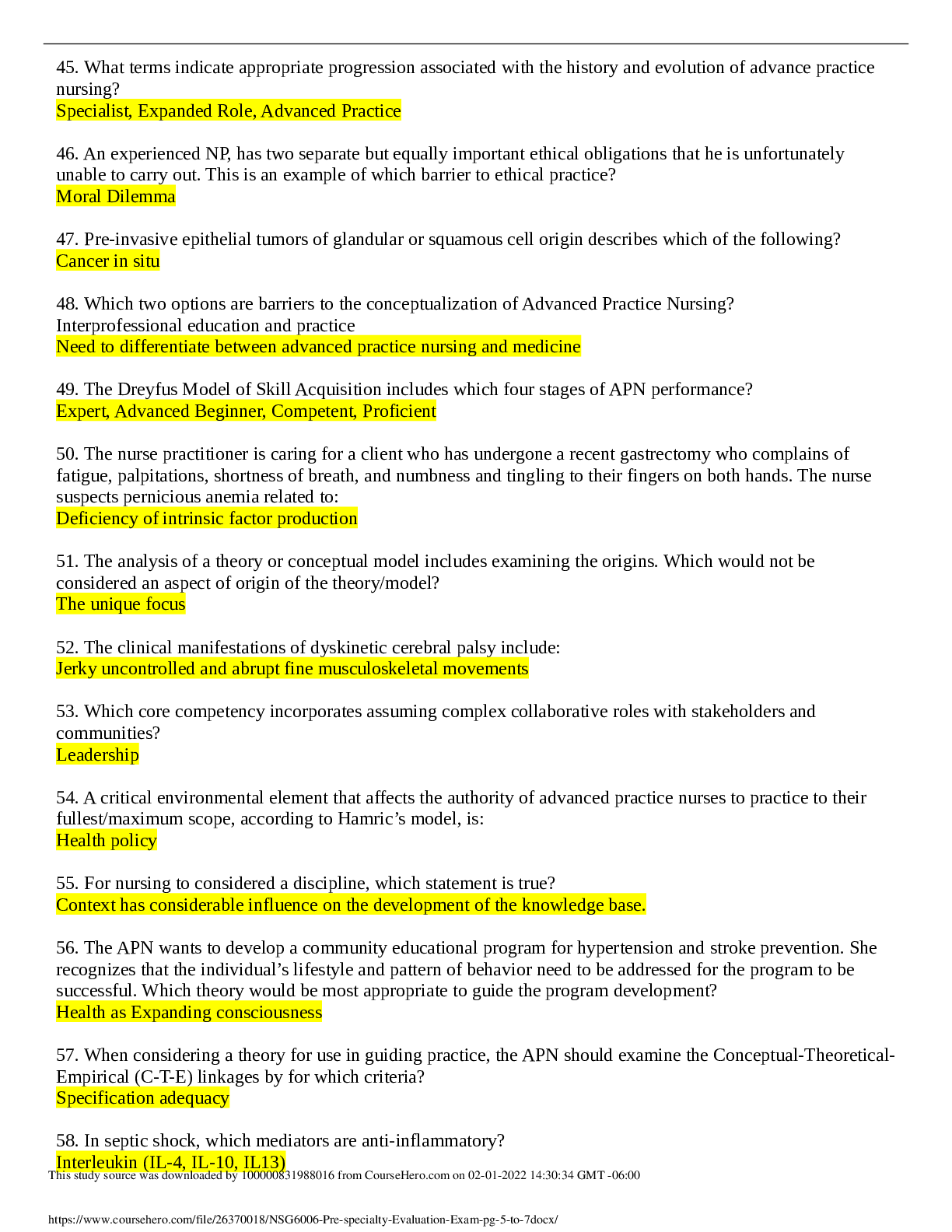





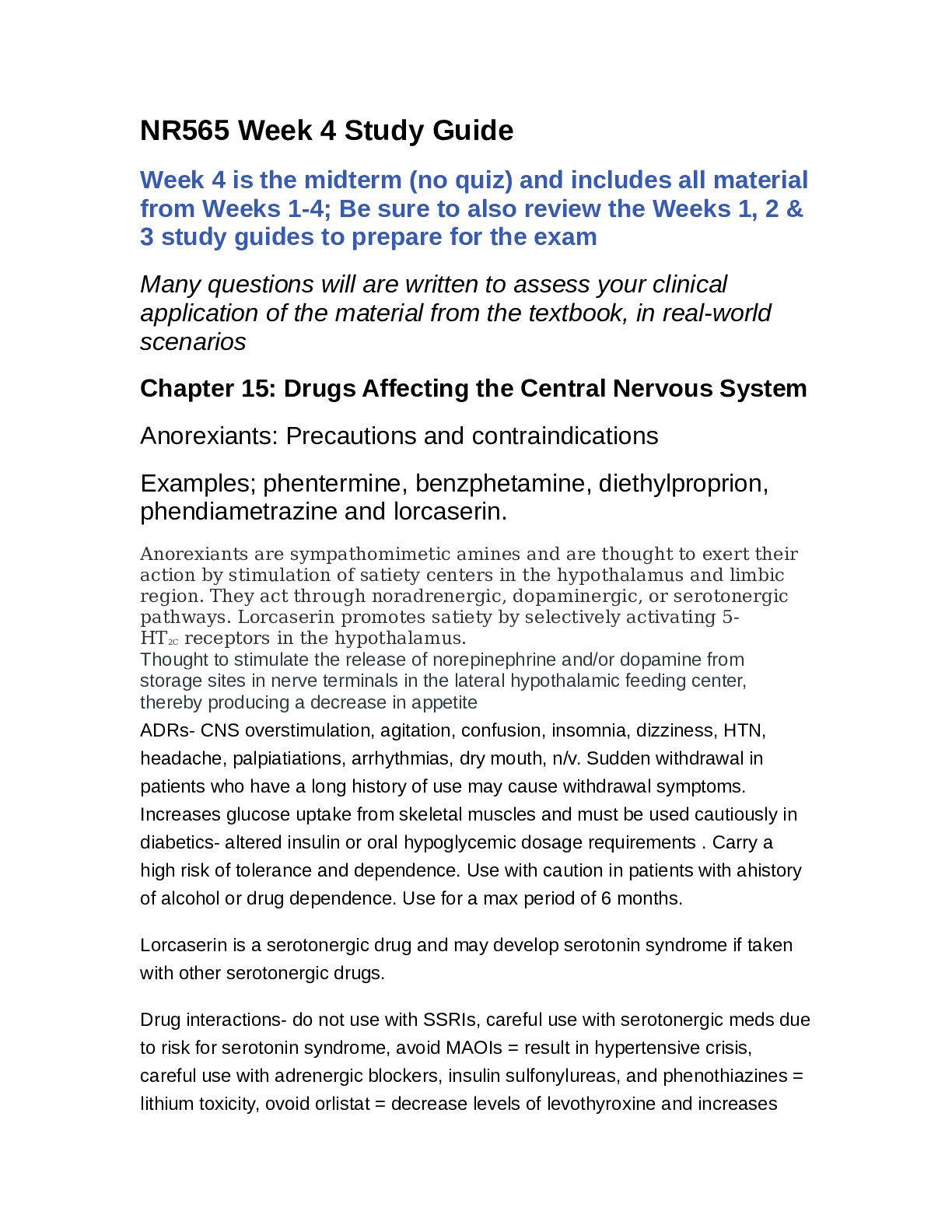
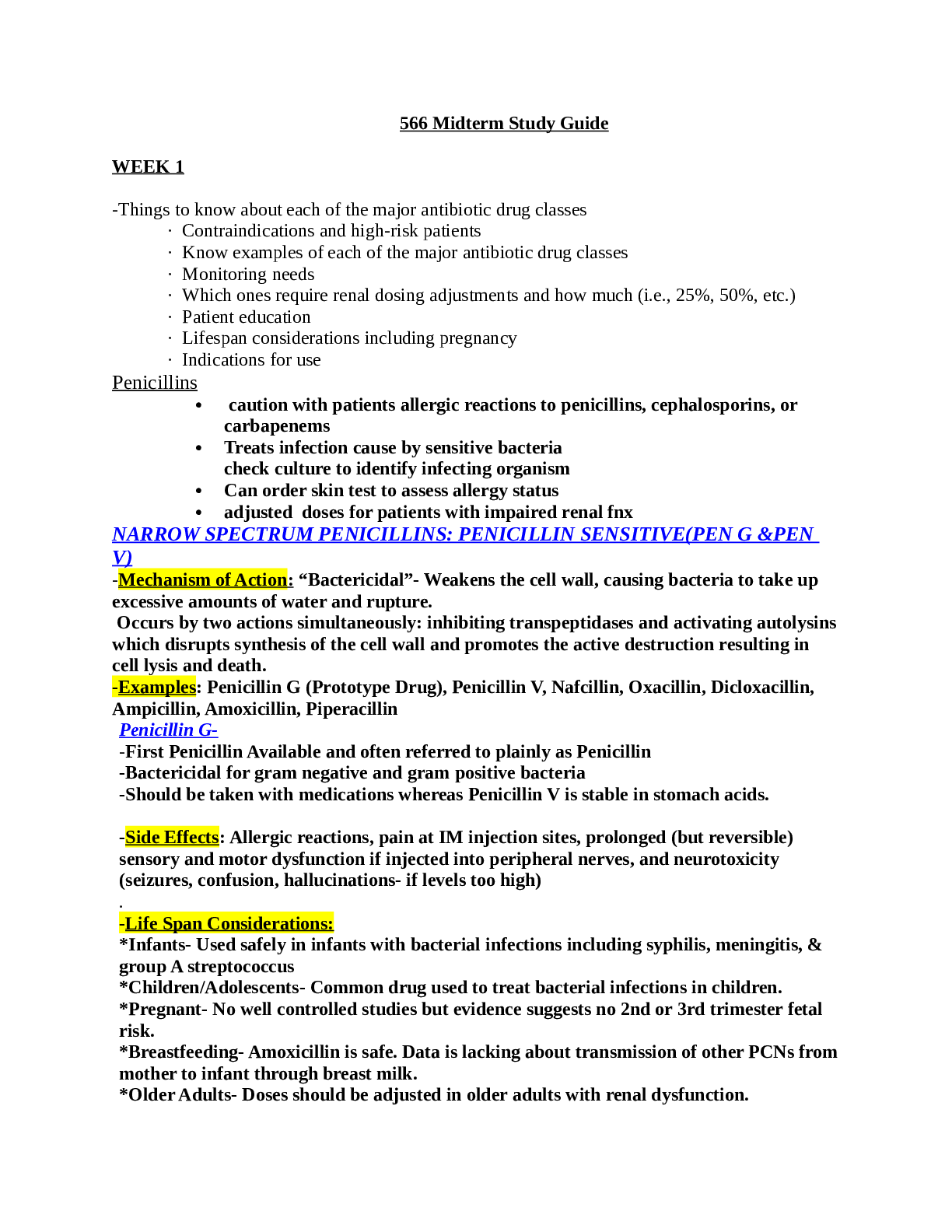


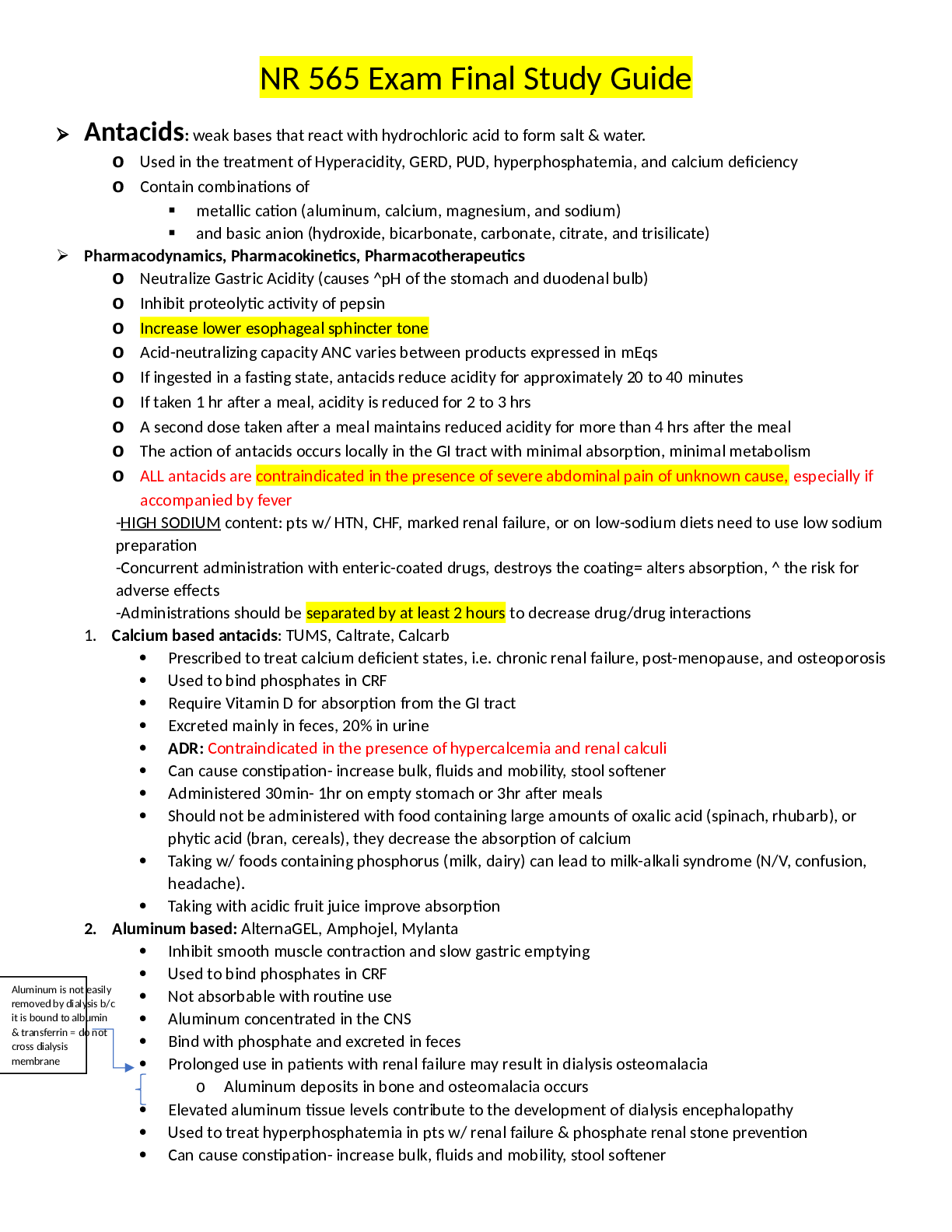



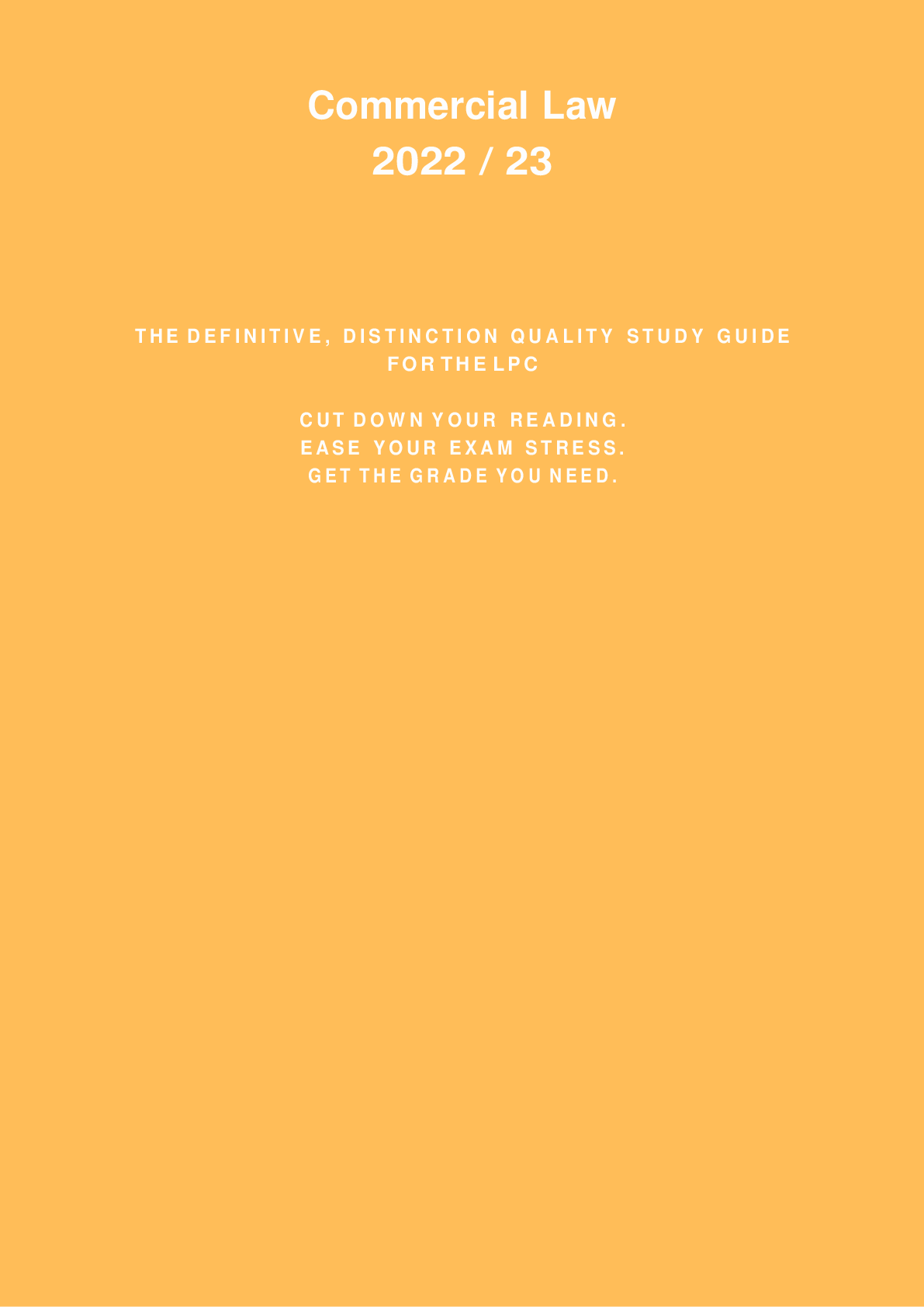
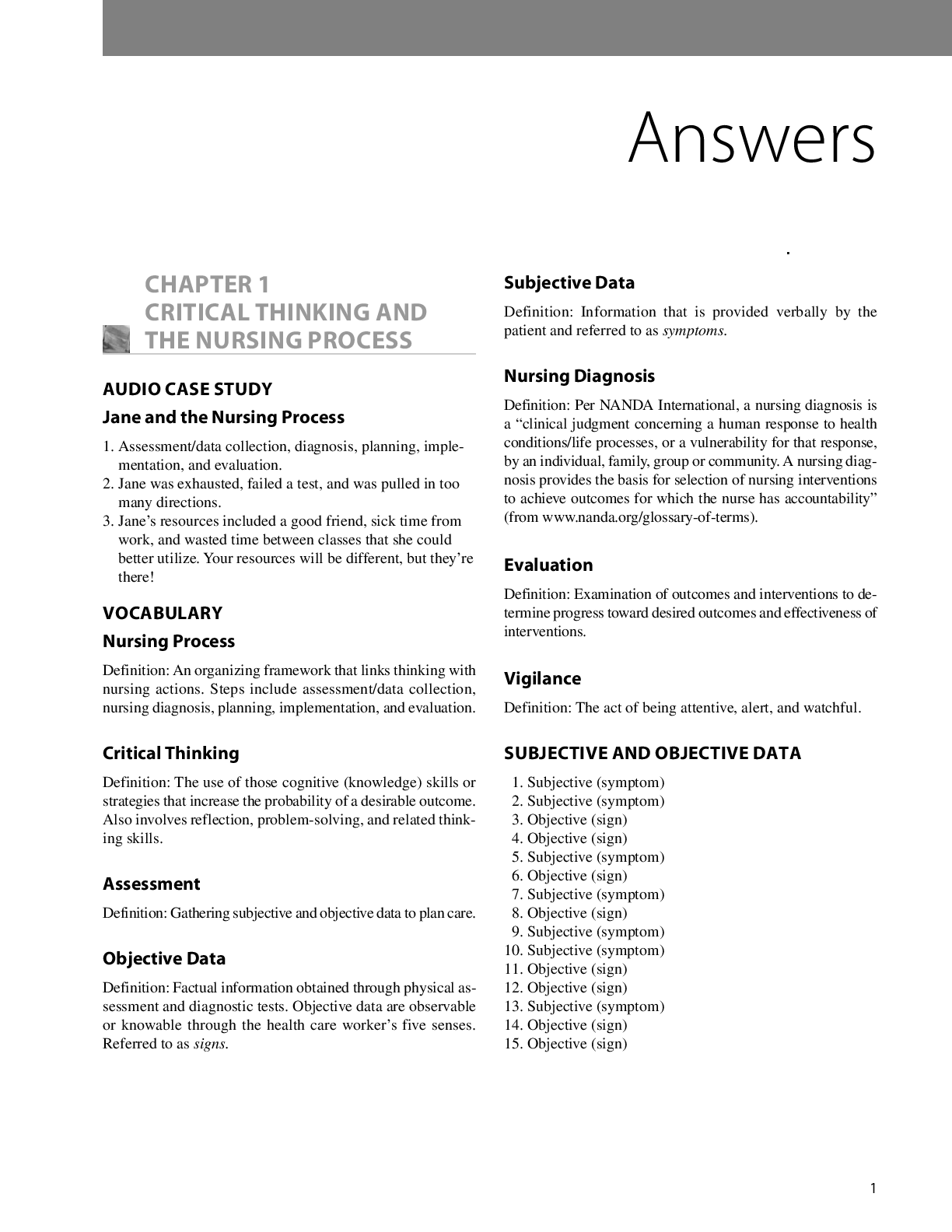
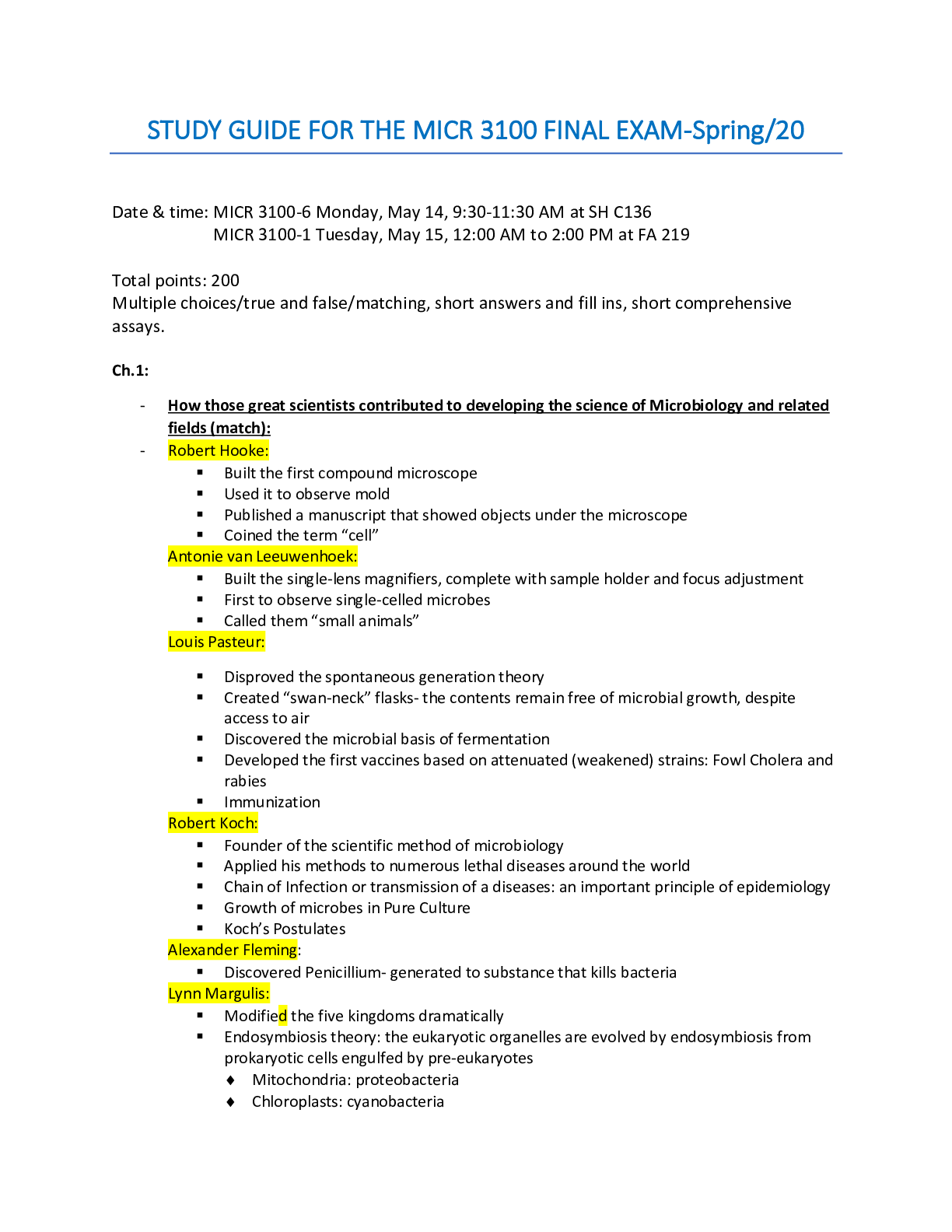

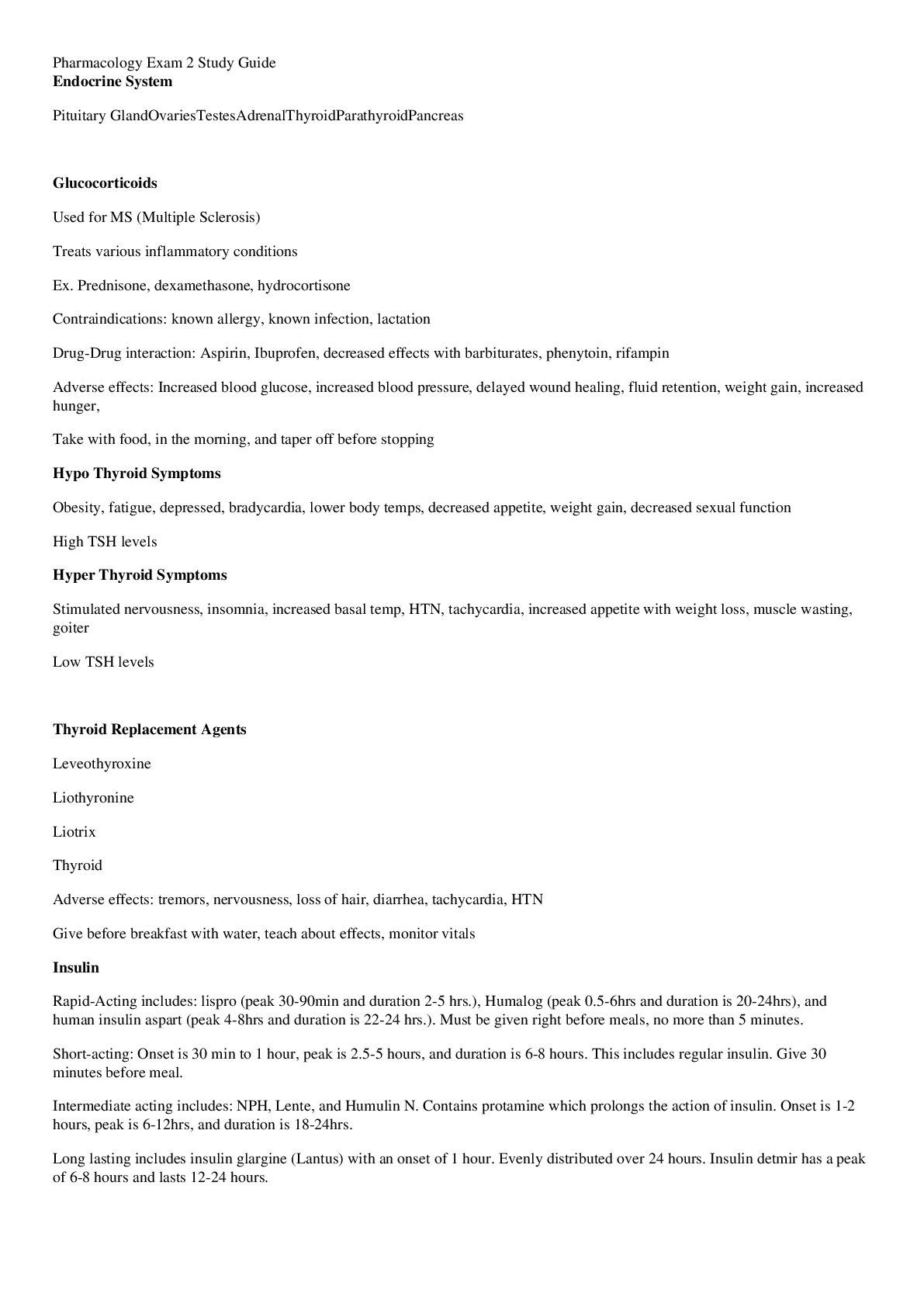
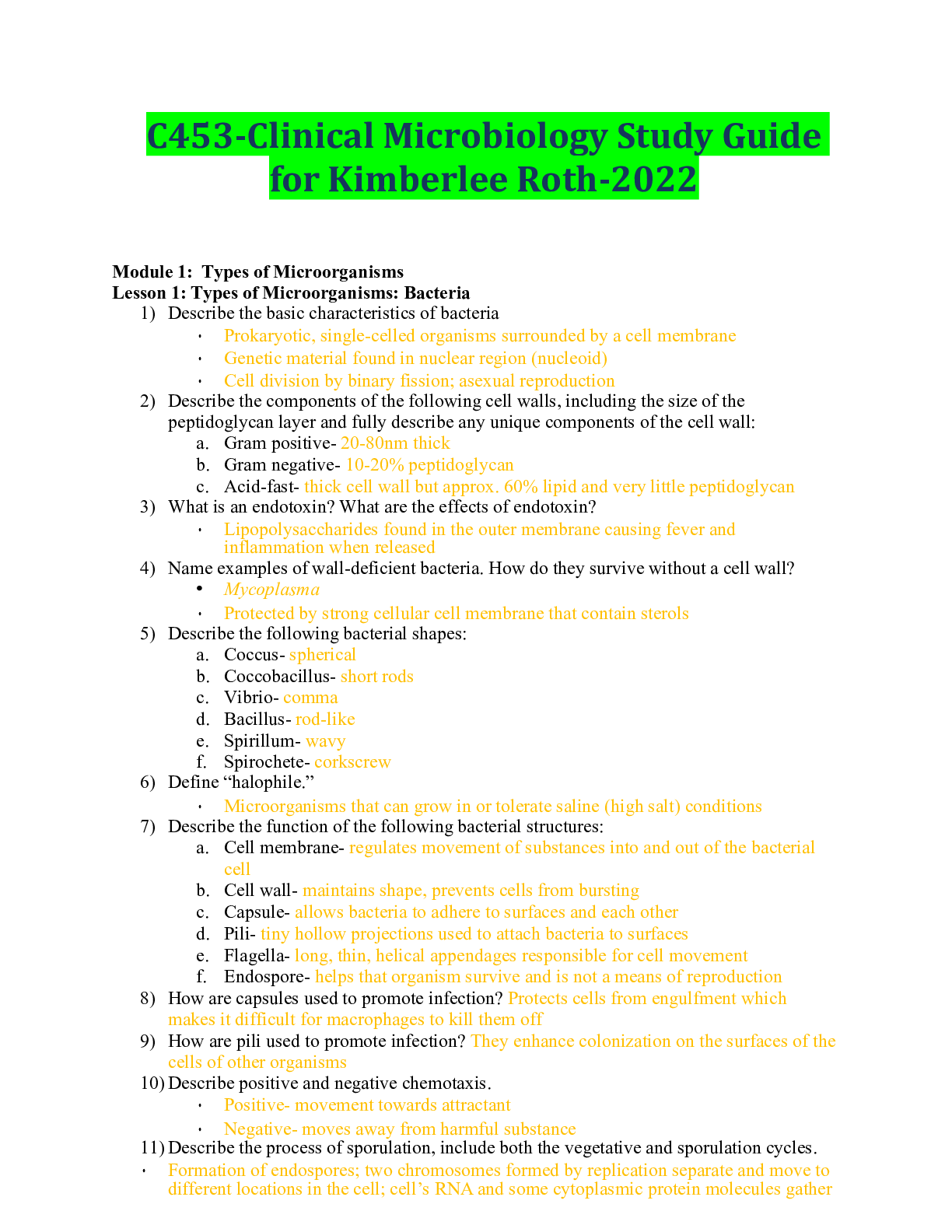
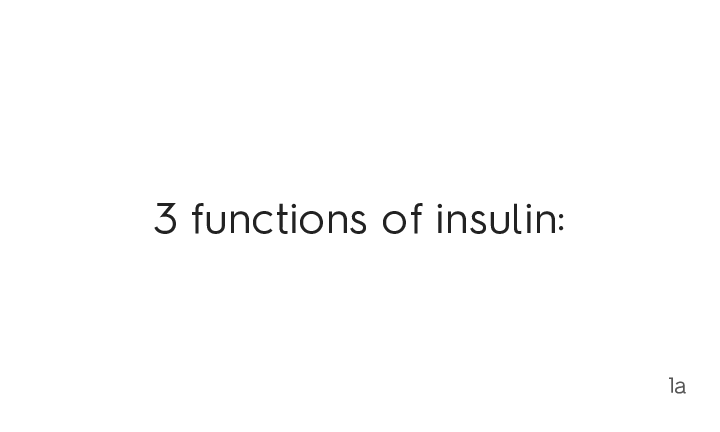
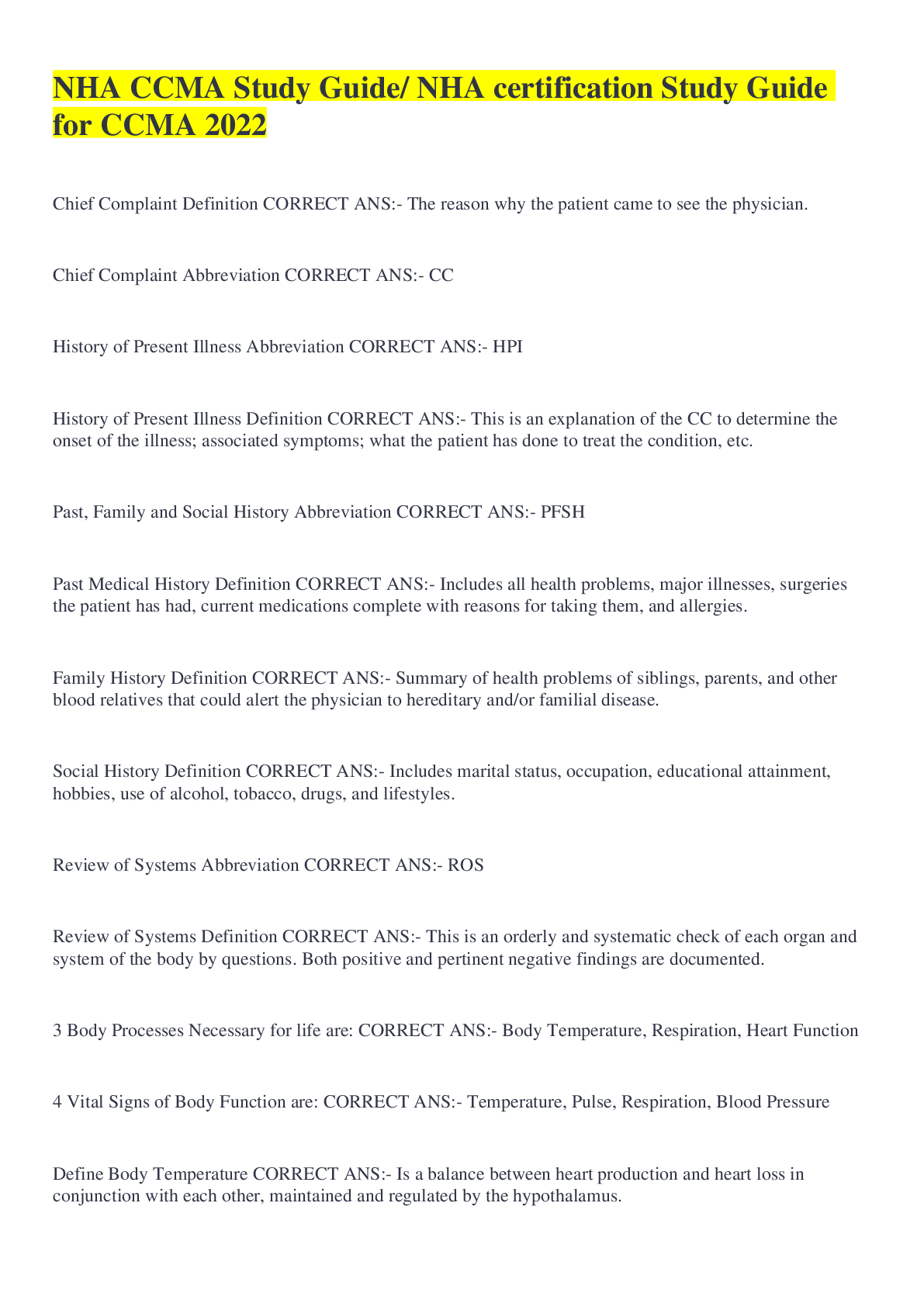
.png)


